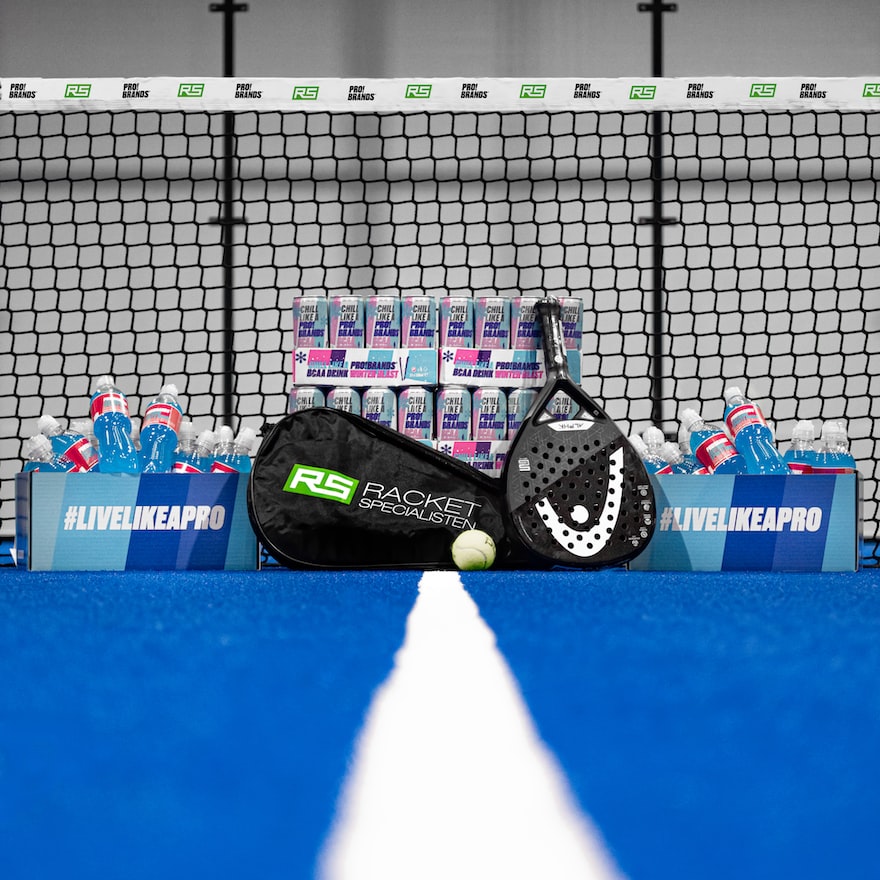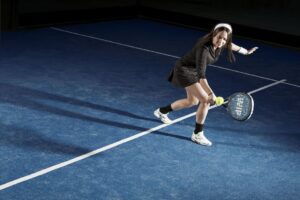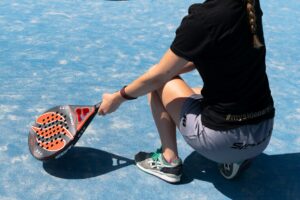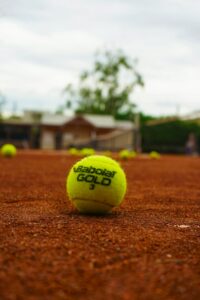Navigating Different Court Surfaces in Padel: From Strategy to Execution
3 min read
Navigating Different Court Surfaces in Padel: From Strategy to Execution
Introduction
How to adapt to different court surfaces in padel can be a daunting challenge for any player. Each court surface offers its own unique characteristics that can impact your gameplay strategy and execution. Whether you’re a seasoned padel player or just starting out, understanding how to navigate these surfaces can give you a significant advantage over your opponents. In this article, we’ll explore the various court surfaces in padel and provide you with tips on how to adapt your game accordingly.
The Clay Court Surface
The clay court surface is one of the most common surfaces in padel. It is known for its slower pace and high bounce. Playing on clay requires a more patient and defensive approach to the game. Here are a few tips to help you adapt to this type of court:
1. Stay Grounded: As the ball tends to bounce higher on clay, it’s crucial to maintain a lower stance during your shots. This will allow you to hit the ball at the right height and optimize your control.
2. Spin It: Clay surfaces favor players who can generate spin. Practice adding topspin to your shots to take advantage of the extra bounce and make it harder for your opponents to return the ball.
3. Rally with Precision: Longer rallies are common on clay. Focus on consistent shots, placing the ball strategically to force errors from your opponents. Use lobs and drop shots to mix up the rhythm and keep your opponent guessing.
The Artificial Grass Court Surface
Artificial grass courts in padel simulate the feel of natural grass, but with a faster pace and lower bounce. Adapting to this type of surface requires an adjustment in strategy:
1. Quick Reflexes: The lower bounce on artificial grass demands faster reactions. Stay on your toes and be ready to move swiftly to reach the ball in time.
2. Volley Mastery: The fast-paced nature of this court surface makes volleys crucial. Focus on improving your volleying skills to take control of the net and put pressure on your opponents.
3. Play with Flat Shots: Unlike clay, artificial grass doesn’t offer as much bounce. Utilize flatter shots to keep the ball low and make it difficult for your opponents to return.
The Acrylic Court Surface
Acrylic court surfaces provide a medium pace and bounce, making them a great all-round surface for padel. Here’s how you can adapt your game to excel on this court:
1. Balanced Play: The medium pace and bounce of an acrylic court require a balanced approach. Mix up your shots with a combination of power and control to keep your opponents on their toes.
2. Net Game Supremacy: Take advantage of the medium pace by taking control of the net. Focus on strong smashes, precise volleys, and well-placed drop shots to dominate the game.
3. Adjust Your Footwork: The slightly faster pace of an acrylic court demands agile footwork. Practice quick movements, sliding techniques, and rapid changes in direction to cover the court efficiently.
Conclusion
Adapting to different court surfaces in padel is as essential as mastering various shots and techniques. Being able to adjust your gameplay strategy and execution based on the surface will significantly improve your overall performance. By following the tips provided in this article, you’ll be well on your way to becoming a versatile padel player capable of conquering any court surface. So, next time you step onto that padel court, embrace the challenge, and let your adaptable skills shine on any surface!







